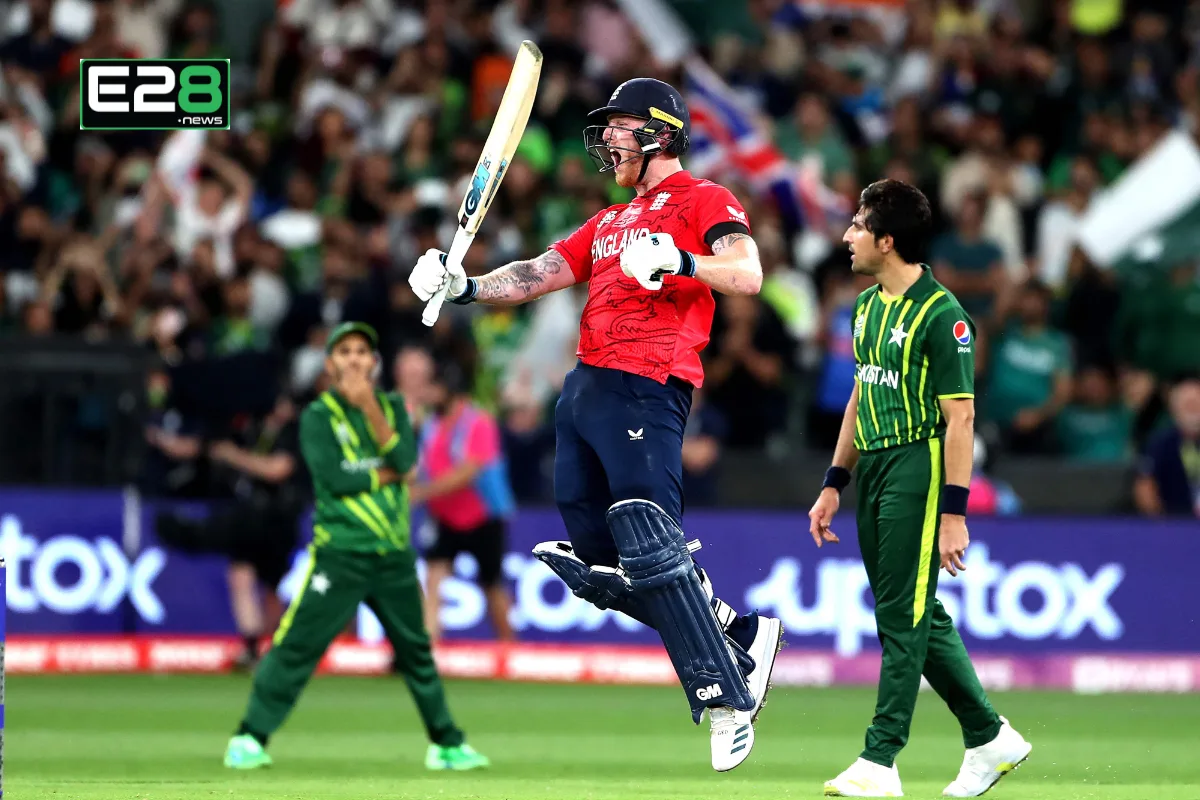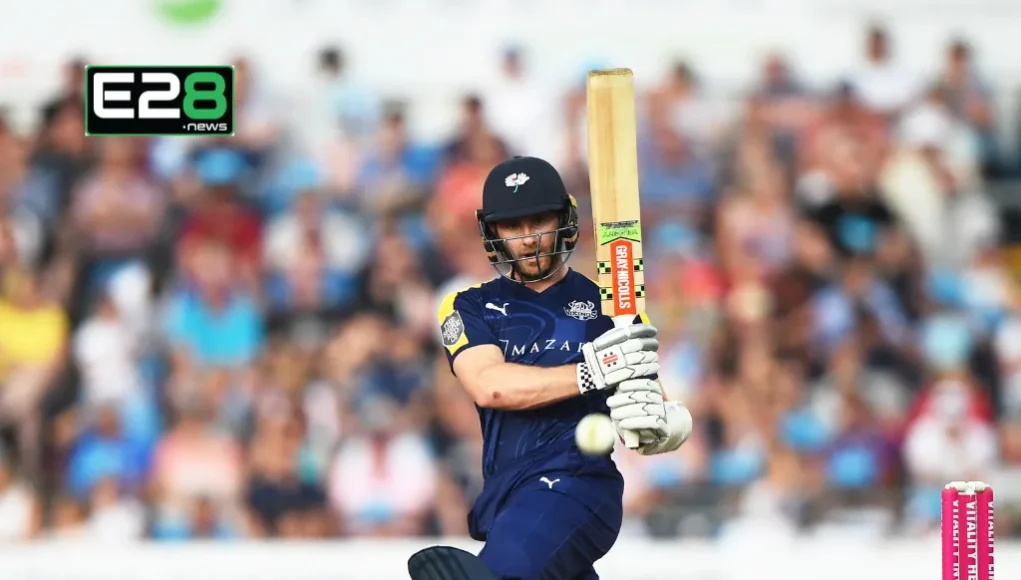Cricket has witnessed a remarkable transformation over the years. While Test cricket was once the ultimate challenge, the rise of T20 cricket has completely changed the landscape. With its fast-paced gameplay, power-hitting, and global appeal, T20 has become the most popular format. But how did we get here? Let’s dive into the history of T20 cricket, its impact on the sport, and what the future holds.
The Birth of T20 Cricket
How T20 Cricket Began
The evolution of T20 cricket started in 2003 when the England and Wales Cricket Board (ECB) introduced the first official T20 format competition. The idea was simple—shorter matches, big hits, and instant entertainment. The first T20 international match took place in 2005 between Australia and New Zealand, marking a turning point in world cricket.
Early Growth and Globalization
The format quickly gained traction, leading to the inaugural T20 World Cup in 2007, where India’s victory boosted T20’s popularity. Today, major leagues like the IPL, PSL, BBL, and CPL dominate the cricketing calendar, with millions of fans following live T20 matches streaming on ESPN, Cricbuzz, and Hotstar.
Impact on Batting: Power-Hitting and High Strike Rates
Revolution in Batting Techniques
T20 cricket introduced a new era of batting, where strike rates became as important as batting averages. Players like Chris Gayle, AB de Villiers, and Jos Buttler mastered innovative shots such as the helicopter shot, switch-hit, and ramp shot. The emphasis shifted towards power-hitting, making batters more aggressive and fearless.

Importance of Powerplays
The introduction of powerplay overs allowed batters to maximize scoring in the first six overs. This strategy forced teams to rethink T20 batting techniques and fielding placements, leading to record-breaking innings and high-scoring matches.
Bowling Strategies in T20 Cricket
Death-Over Specialists and Mystery Spinners
With batters becoming more aggressive, bowlers had to evolve. Death-over specialists like Jasprit Bumrah and Lasith Malinga developed accurate yorkers and deceptive slower balls. Meanwhile, mystery spinners such as Sunil Narine and Rashid Khan became valuable assets in T20 teams.
Tactical Economy Rates
In T20 bowling strategies, economy rate is often prioritized over wickets. Bowlers focus on variations—slower deliveries, wide yorkers, and knuckleballs—to restrict runs, especially in leagues like IPL, PSL, and The Hundred.
Fielding and Athleticism: A New Standard
The Role of Fitness in T20 Cricket
The rise of T20 cricket demanded a new level of fitness from players. Quick reflexes, stunning catches, and direct-hit run-outs became game-changers. Teams like South Africa and Australia set high benchmarks for fielding excellence, influencing young cricketers worldwide.
Game-Changing Fielding Moments
From Jonty Rhodes’ acrobatics to Ben Stokes’ boundary saves, modern fielding has added to the excitement of T20 cricket evolution. The ability to turn a match with a spectacular fielding effort is now more critical than ever.
The Commercial Boom of T20 Cricket
T20 Leagues and Globalization
Leagues such as the IPL, BBL, and CPL have turned T20 cricket into a global phenomenon. These leagues provide financial stability to players, attract international stars, and introduce young talent to world cricket. IPL match tickets and official jerseys are among the highest-selling cricket merchandise globally.
Cricket and Entertainment
The entertainment factor in T20 cricket is unmatched. With fireworks, cheerleaders, live DJs, and celebrity team owners, the game has become more than just a sport—it’s a spectacle. T20 matches are among the most-watched sports events on platforms like ESPN and Sky Sports.
The Future of T20 Cricket
New Formats and Innovations
T20 cricket continues to evolve, with new formats like T10 cricket and The Hundred gaining popularity. Innovations such as smart bats, ball-tracking technology, and AI-driven analytics are shaping the future of the game. The ICC is also considering including T20 cricket in the Olympics, further globalizing the sport.
The Impact on Test and ODI Cricket
While T20 cricket thrives, its rapid growth has raised concerns about the future of Test and ODI formats. Many experts worry that the shorter format’s financial dominance could overshadow traditional cricket. However, Test cricket purists believe that the true test of a cricketer’s skill still lies in the longer format.
Conclusion
The evolution of T20 cricket has reshaped the game, bringing in new fans, increasing player earnings, and making cricket more accessible. Whether you love its fast-paced nature or prefer traditional formats, one thing is certain—T20 cricket is here to stay. With continuous innovation, commercialization, and global expansion, the format will continue to dominate world cricket for years to come.
FAQs
Q1. How has T20 cricket changed player techniques?
Ans. T20 has encouraged innovative shots, aggressive batting, and new bowling variations, making the game faster and more exciting.
Q2. What are the biggest T20 leagues in the world?
Ans. The biggest leagues include the IPL, BBL, PSL, CPL, and The Hundred, each featuring top international players.
Q3. Why is T20 cricket more popular than Test cricket?
Ans. T20’s shorter format, high-scoring matches, and entertainment factor make it more appealing to modern audiences.
Q4. How has T20 influenced cricket rules and strategies?
Ans. T20 introduced powerplays, free hits, and super overs, forcing teams to rethink their approach to strategy and player selection.
Q5. What is the future of T20 cricket?
Ans. T20 will continue to expand globally, with possible inclusion in the Olympics, advanced analytics, and technological innovations enhancing the sport.
















